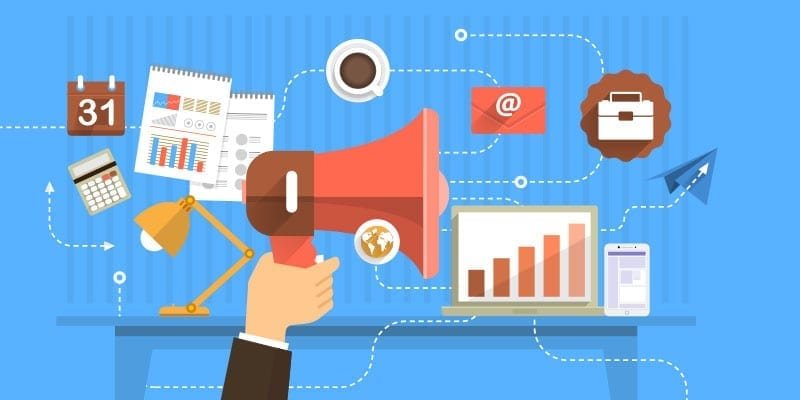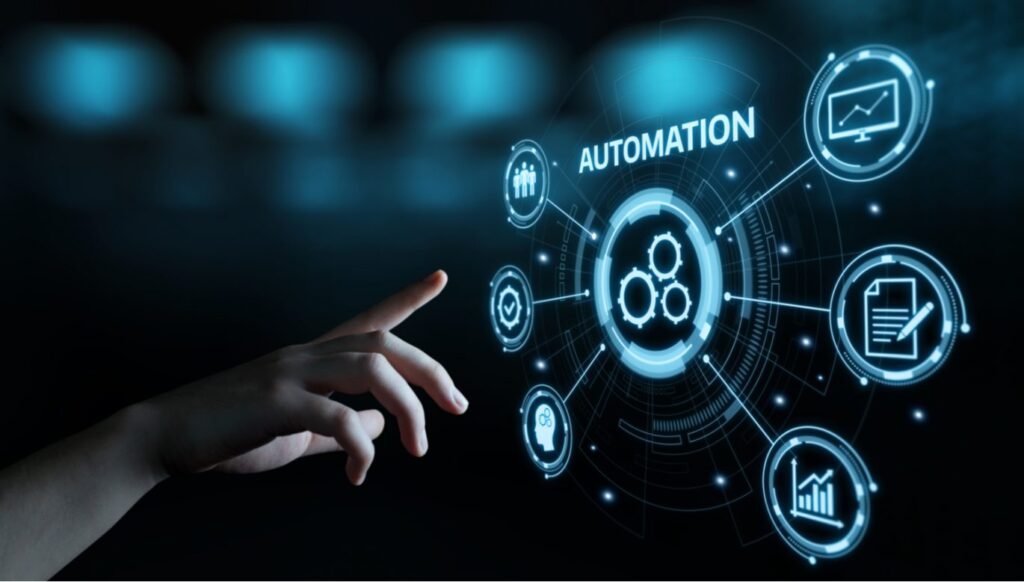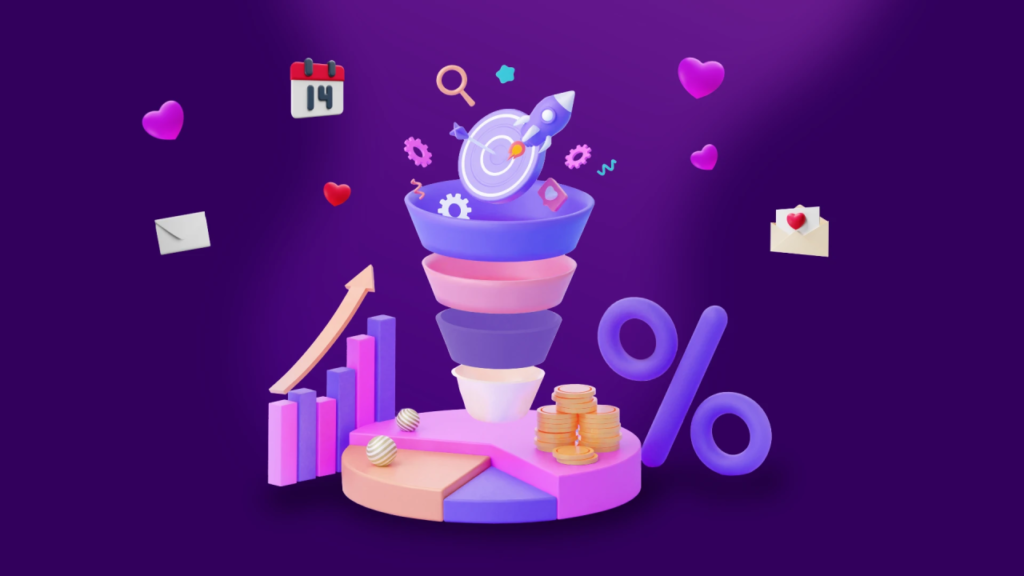How Are Desktop And Mobile Operating System Similar | A Complete Guide

In the ever-evolving tech landscape, desktop and mobile operating systems stand as pillars of our digital interaction. While distinct in their devices – computers and smartphones – these systems share surprising commonalities that shape our seamless digital experiences.
This guide unravels how are desktop and mobile operating system similar, shedding light on shared features and the integration driving modern computing.
As technology blurs lines, understanding these similarities provides insight into the cohesive user experience defining our digital era.
Join us in uncovering the interconnected threads that weave through desktop and mobile operating systems.
Common Features Desktop And Mobile
Desktop and mobile devices have made headway with unique trademarks in their corresponding user services.
With time technologies make progress, there are several common features across both gadgets
Internet Correspondence
Two of them desktop and mobile devices need internet connectivity to use online services like websites and applications. Both of them can link through wifi,Ethernet or cellular networks
Web browsers
Both platforms required web browsers to browse websites. Some famous web browsers are as follows chrome, Firefox, safari and edge used both in desktop and mobile gadgets.
Multi function
Updated desktop systems and mobile phones braces multi function gives favours to users to use different applications and services contemporary.
File management
Both platforms help users to make files and folders according to their desires. Users can browse, copy, move or delete a file or folder according to its need.
Notifications
Desktop and mobile operating systems give feeds back to users about messages, updates, events and other set alerts. Users can customise notifications’ settings according to its set schedule.
Security features
Both plate forms provide security trademarks to users to keep its data safe and secure. Security features include password protection, fingerprints and face recognition.
Hardware
Both desktop and mobile devices support user various hardware devices like cameras, microphone, speakers, usb and Bluetooth connectivity.
User Interface
User interface is changed both in desktop and mobile devices due to screen size and input methods, but things that are the same icons, buttons and navigation control.
File Operations (Copy, Paste, Delete) Of Both Desktop And Mobile
System operations like copy, paste and delete are main functions that a user consistently performs in desktop and mobile systems.
Here we described how we used these functions in both plate forms.
Desktop
Copy
- Select file or folder you like to copy
- Right click the copy option listed in menu or ctrl+c for windows and linux systems
- For mac user cmd+c
Paste
- Find a target position where you like to place copied files or folders.
- Right click and select paste option in menu or press ctrl+v
- For mac user press cmd+v
Delete
- Select the file or folder you like to delete.
- Right click and choose the option delete or press delete key.
Mobile
Copy
- Long press the file text you want to copy
- A selection tool appears to adjust it according to your desired tap copy option in the menu.
Paste
- Cruise to a place where you like to paste copy data.
- Long press on the place where you like to paste and press tap option of paste.
Delete
- Long press on file or material you wish to delete a menu appears
- Tap on delete option in the menu.
- Pop up appears confirm deletion
Application Ecosystem In Both Desktop And Mobile
Perhaps here we elaborate a comprehensive overview of application ecosystem both in desktop and mobile
Desktop application ecosystem
Software variety: Desktop operating systems such as windows, linux and Mac OS provide a full scale software development including office management tools, games and designing software’s.
Development: Android and Mac developers can freely use tools to create applications.
Multiple sources: Desktop users get official updates from official stores’ websites and cds.
Business applications: A desktop system offers a variety of applications for business support like bank and multinational firms used software for their work.
Mobile Application Ecosystem
Application stores: Mobile systems download applications from Google play store or apple application store for complete different tasks.
Categories of application: Social media applications, games and different utilities applications available on mobile play store.
Making money: Developers can earn money through ads and paid downloads.
User friendly: Mobile applications have user -friendly small screens and easy touch.
Desktop systems offer software for developers to create applications. Mobile phones download applications from stores using certain tools and are user friendly.
Multitasking Capabilities In Both Desktop And Mobile
Desktop and mobile systems both offer platforms for multi-tasking. Both offer switching and seamless task work.
Here some details mentioned
Desktop multi tasking
Multiple windows: Desktops offer different windows and applications at once,allowing users to perform multitasking.windows operating systems like windows and mac provide a wide range of facilities to users to perform multitasking.
Task bar: Desktop offers a taskbar where immediate access to application and switching is available.
Keyboard shortcuts: Exclusive keyboard shortcut available for users to take maximum ease in performing multiple tasks.
Hardware: desktop computers have strong powerful cpu and rams, having quality cooling systems helps users to perform tasks quickly.
Mobile multitasking
Application switching: Android and iOS both operating systems offer a quick swap between running applications. Users can easily view running applications by just one click.
Multi windows: modern electronic gadgets like tablets and mobile phones offer split windows which help users to run two applications at once. This helps users to do multiple tasks and increase their work productivity.
Notifications: mobile platforms offer notifications to keep its user updated about upcoming events. Users can send messages, emails and alerts using communications applications.
Hardware limitation: due to limited resources like battery size, screen size and heat. Users cannot multitask on a mobile phone as compared to a desktop.
Device Compatibility Of Both Desktop And Mobile
Let’s discuss some common capabilities of both desktop and mobile systems.
Desktop system
- Desktop applications need various versions of windows such as windows 7,8 and 10.
- Apple computers are run by software and applications developed by mac OS.
- Many applications need a linux system to run their softwares.
- Applications and softwares required different cpu speed, ram, graphics cards competence.
- Applications are harmonious with famous browsers like google,chrome.mozilla and safari.
Mobile compatibility
- Applications developed by iOS should be used on gadgets like the iPhone and I tabs.
- Applications developed for android users are run on Smartphone and android tablets.
- Some applications have a minimum version requirement to support its working.
- Like desktop systems mobile devices also have hardware requirements for its smooth running.
- Screen resolution, rams, processor and storage space to be considered.
- Application has to obey sets of guidelines set by apple app store and Google play store.
Security Features Of Both Desktop And Mobile
Desktop security features:
- Antivirus in system scans and removes bad sectors in system.
- Data encrypted tools in the system helps to protect important information on the hard drive.
- Set personal password, fingerprints and multi function authentication methods helps users for login security.
- Regular updates secure systems and anchor its problems for operating systems.
- Encrypted systems help privacy and security of users.
- Desktop systems help users to allow or block an application on the system.
Mobile security features
- Security features pin, pattern, fingerprint and face recognition system helps to unlock your smart devices.
- Encrypted data stored on the phone to block unwanted access to the device.
- Users can give and deny permissions to applications according to its use.
- Users can remove data online if the device is lost.
- A mobile system offers isolation to different applications so the device does not find any malware damage.
Differences IN Desktop And Mobile
You want to know difference between desktop and mobile systems let’s dive in to this:
- The one major difference is size and formation factors. Desktop system has a large screen and makes for motionless use. Whereas mobile devices such as mobile phones and tabs are small in size and portable.
- Another difference is in operating systems, desktop devices need operating systems like windows or Mac OS.where as mobile devices require android or ios.
- Desktop systems have more powerful hardware, processor and storage capacity. Mobile phone designed for energy conservation and mobility.
- Desktop offers more connectivity options like Ethernet ports usb ports and expansion slots. Where mobile is attached to wireless technologies wifi or cellular mobile networks.
- Desktop requires physical input devices like keyboards and mouse whereas mobile phones rely on touch swiping and tapping.
- Desktop systems offer a large extendable space in form of hard drives and ssds.where as mobile phones have limited internal storage but may have micro sd card slots.
Conclusion On How Are Desktop And Mobile Operating System Similar
In conclusion, while the hardware, size, and specific functionalities of desktop and mobile operating systems may differ, they share a remarkable kinship in their core aims.
Both platforms prioritize a user-friendly experience by offering similar features like internet access, web browsing, file management, notifications, and robust security measures.
Ultimately, they strive for the same overarching goal: to empower users with a reliable, efficient, and secure digital environment that caters to their individual needs.
Though distinctions exist, the common threads woven throughout their design reveal a captivating narrative of technological evolution, where user-centric principles reign supreme across both desktop and mobile landscapes.







